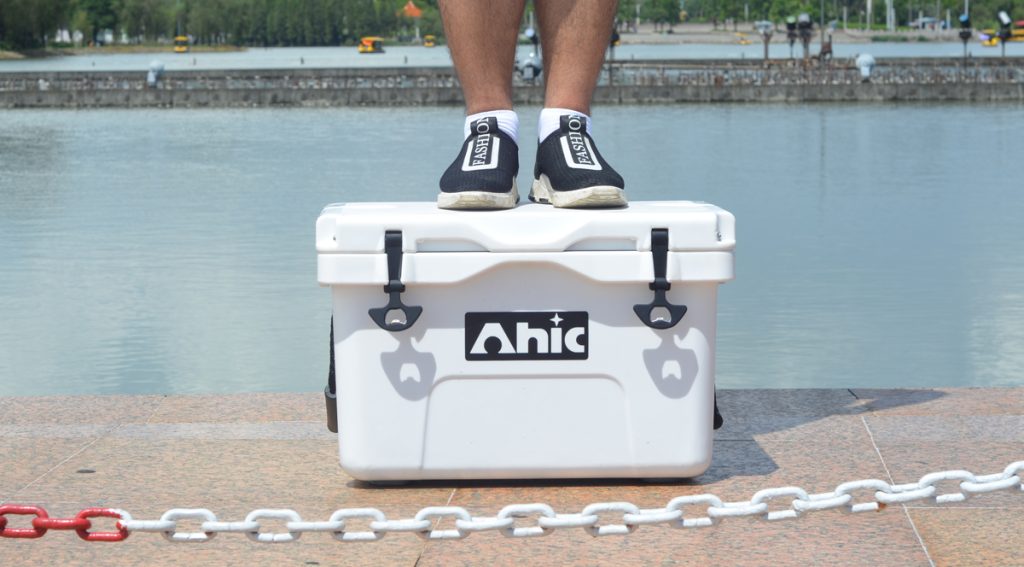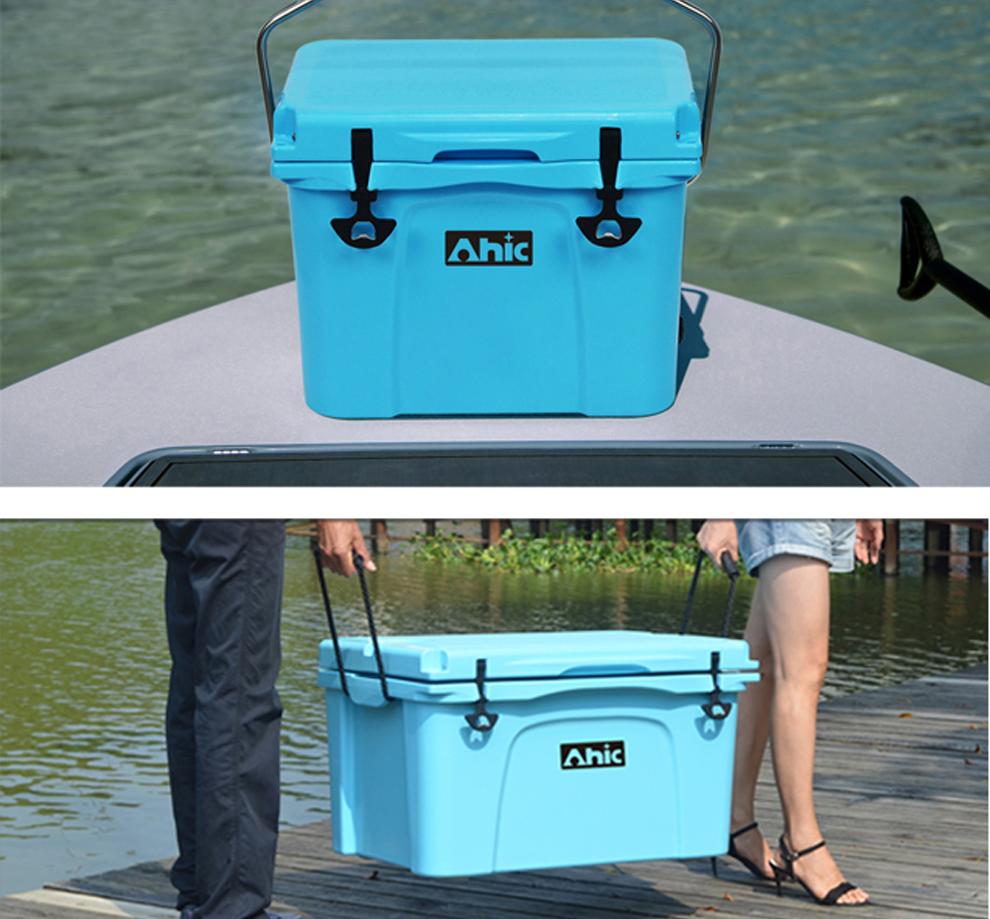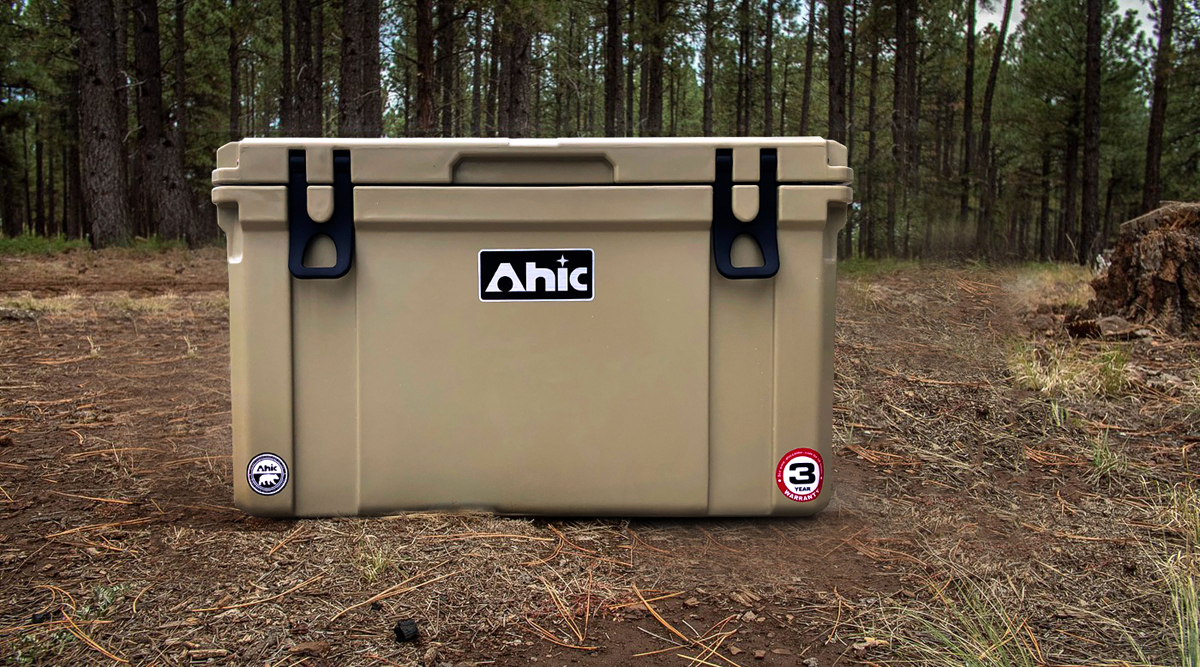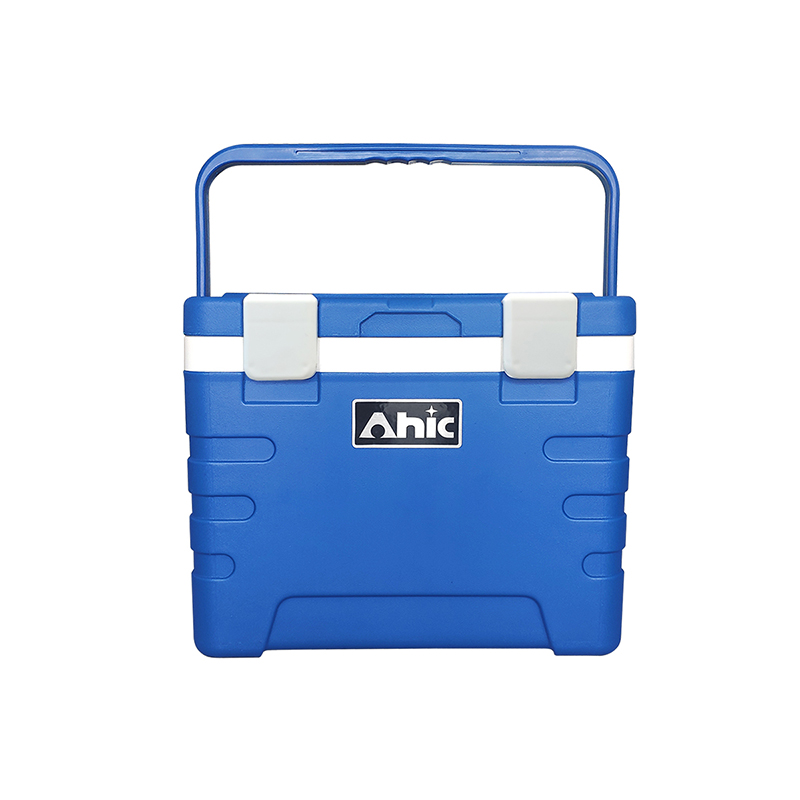High-quality cooler boxes are typically constructed from food-grade, environmentally friendly LLDPE material. This type of plastic is non-toxic, odorless, UV-resistant, and resistant to discoloration. Plastic has become ubiquitous in various aspects of daily life; products such as plastic bags, cups, bottles, cabinets, and boxes are found everywhere. Given the abundance of plastic products available on the market today, how can consumers select the ideal insulated or refrigerated box? It is important to note that some plastic items may release toxic substances—including potential carcinogens—under varying temperatures and humidity levels, posing safety risks.

When selecting high-quality plastic products, consumers should evaluate them based on the following criteria:
Sealing Performance:
This is a primary consideration when choosing a refrigerated box. While different brands employ various sealing methods, exceptional sealing performance is essential for maintaining food freshness over extended periods.
Heat and Cold Resistance:
Refrigerated containers must exhibit robust heat and cold resistance. They should not deform when exposed to hot water and can even withstand disinfection using boiling water.
Durability:
The product should demonstrate superior impact resistance; it ought not to shatter easily under heavy pressure or impact (such as being run over by a vehicle) nor leave scratches during use. A well-made insulated box can last a lifetime.
Versatility and Diversity:
These boxes are designed to accommodate various needs in everyday life; they come in multiple sizes and work effectively with reusable technology ice packs. These ice packs can maintain temperatures for both cold and hot contents (capable of freezing down to -190℃ or heating up to 200℃), while also being customizable in size.
Preservation:
Internationally, the standard for testing sealed containers is established through moisture permeability assessments. High-quality refrigerated containers exhibit a moisture permeability that is 200 times lower than that of comparable products, thereby enabling food to remain fresh for an extended duration.
Insulation and Cooling Duration:
When ice cubes are placed in a typical insulated box filled to two-thirds of its capacity, they will typically melt within 24 to 48 hours. The materials utilized and the thickness of the insulation layer in a well-designed cooler significantly influence the duration of the cooling effect provided by the ice. Under specific ambient temperature conditions, the maximum preservation time for ice can extend up to 10 days.

For more details, please visit: http://www.ahcoolers.com






